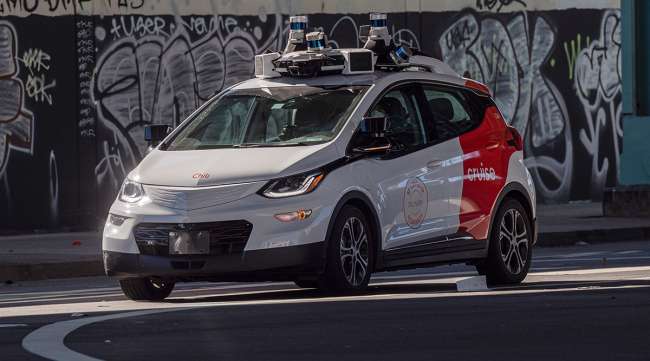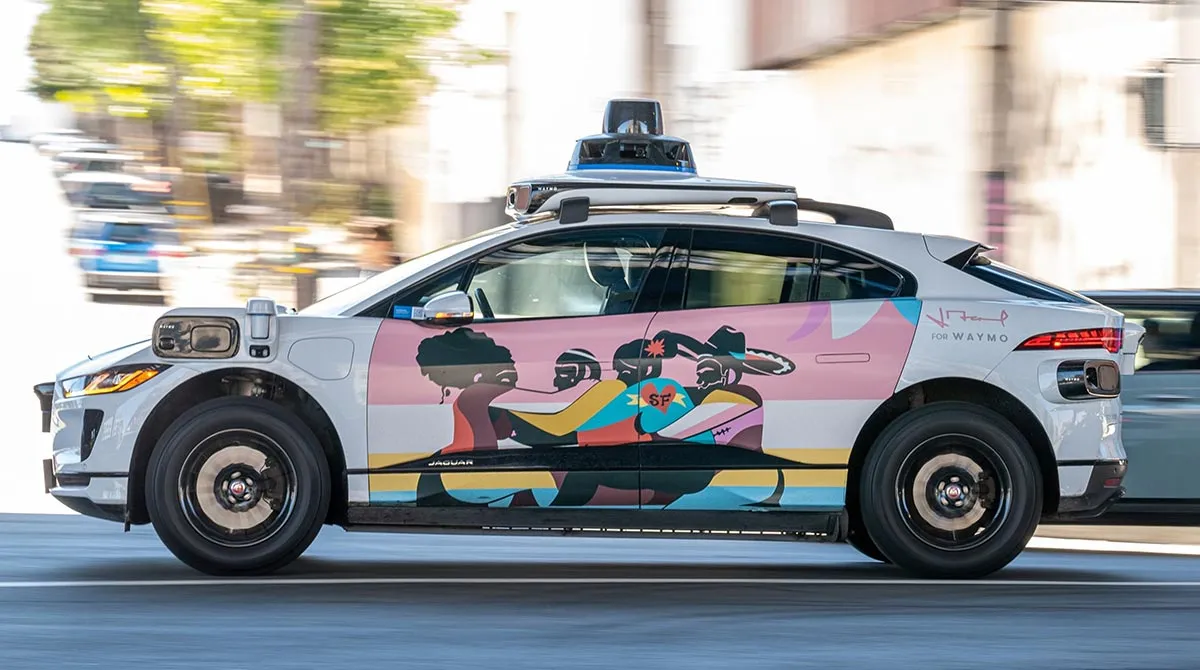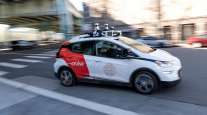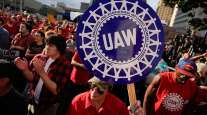San Francisco Chronicle
San Francisco Wants Halt to Cruise, Waymo Expansion Ruling

[Stay on top of transportation news: Get TTNews in your inbox.]
San Francisco asked California regulators Aug. 16 to halt its approval of Cruise’s and Waymo’s unrestricted commercial expansion in the city, arguing the city “will suffer serious harm” as the companies extend driverless taxi service to daytime hours.
The administrative motions City Attorney David Chiu filed with the California Public Utilities Commission come less than a week since the commission voted to allow Cruise and Waymo to charge for driverless rides at all hours in San Francisco.
The motions ask the CPUC to temporarily suspend its permission granting the companies full commercialization until the commission decides on a pending request for a rehearing.
The proliferation of robotaxis in San Francisco, officials argue, will “likely increase” the unplanned stops and erratic driving behavior that has disrupted emergency responders, transit, construction and traffic in the city.
“San Francisco will suffer serious harm if (Cruise and Waymo are) allowed expansion in the city with no limitations on geographic area, service hours and fleet size,” the motions read. “It is foreseeable that driverless AV operations will significantly expand in the near term.”
Last week’s approval by the CPUC, which regulates robotaxis in San Francisco along with the Department of Motor Vehicles, essentially put Cruise’s and Waymo’s autonomous vehicles on the same footing as Uber and Lyft. The companies, which so far operate about 600 robotaxis in San Francisco, are allowed to scale their operations as they see fit.

A Waymo autonomous taxi in San Francisco on Aug. 10. (David Paul Morris/Bloomberg)
Though the commission’s decision took immediate effect, neither General Motors-owned Cruise nor Alphabet-backed Waymo have yet launched driverless service during the day. Both companies boast wait lists with tens of thousands of people but say they plan to incrementally expand paid service in the city.
Local officials are concerned that demand will lead the companies to deploy thousands more driverless taxis on city streets.
San Francisco’s motions detailed at least 58 incidents since April 2022 where Cruise and Waymo robotaxis interfered with emergency response efforts, including one instance in which a robotaxi blocked fire trucks from leaving a station for more than eight minutes.
An unplanned stop “is now significantly more likely to happen in the middle of a busy downtown arterial road at peak travel hours, snarling traffic for hours,” the motions read.

Ryan Manthir of Shell Global Solutions and Michael Grahe of Navistar discuss the future of the internal combusion engine. Tune in above or by going to RoadSigns.ttnews.com.
Waymo did not immediately respond to a request for comment. Cruise criticized San Francisco’s latest effort to halt and overturn state regulators’ decisions.
“The CPUC’s decision was the result of a monthslong process that saw public input and support from accessibility groups, labor unions and community advocates,” Cruise spokesperson Drew Pusateri said in a statement to the Chronicle. “It’s unfortunate to see the city use public resources to bypass that decision and restrict a technology with an excellent safety record used by tens of thousands of San Francisco residents.”
Both companies say their driverless taxis’ artificial intelligence continues to improve as they gain more experience driving on San Francisco’s narrow and busy streets. Robotaxi supporters say they have already proven to be safe and that the city is placing disproportionate scrutiny on autonomous vehicles as opposed to human drivers.
No Cruise or Waymo vehicle has been responsible for a severe traffic injury or death. But robotaxis “bricking,” or stopping unplanned, continues to draw attention on social media as well as ire and confusion from some residents. Last weekend, for example, at least 10 Cruise robotaxis stalled traffic in North Beach. The company initially blamed the incident on poor cell connectivity during the Outside Lands music festival happening four miles away but later told the Examiner that the logjam was caused “by a pedestrian who intentionally interfered with a robotaxi.”
Want more news? Listen to today's daily briefing above or go here for more info
It’s unclear when and how the state commission will respond, and whether it will end up granting a rehearing.
Local officials vowed to fight state regulators’ decision and laid out how they’d relitigate the issue in a potential rehearing.
According to the Aug. 16 motions, San Francisco officials plan to argue that the CPUC’s approval runs afoul of the California Environmental Quality Act because it didn’t factor in the environmental impact more robotaxis would have on the city.
City officials also plan to argue that the commission neglected to consider driverless taxis “demonstrated public safety impacts” while ceding too much of its regulatory power to the DMV.
Distributed by Tribune Content Agency, LLC




